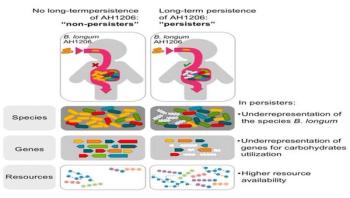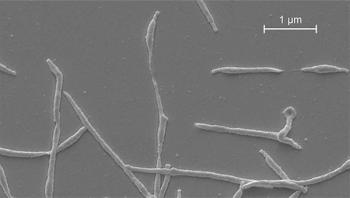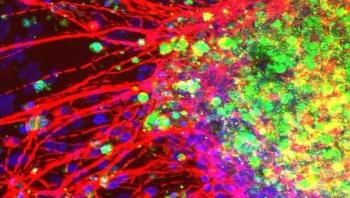
News










During the annual session of the WHO Regional Committee for Europe in September 2016, the member states adopted the European action plan for the health sector response to viral hepatitis. This is the first action plan for the region and aims at guiding countries to achieve the set goal of eliminating viral hepatitis as a public health threat by 2030.



Scientists have tried to alter the human gut microbiota to improve health by introducing beneficial probiotic bacteria. Yet commercially available probiotics do not establish themselves in the gut. A study published September 29 in Cell Host & Microbe suggests that it is possible to alter the microbial ecosystem in the human gut for at least six months by introducing a single, ecologically appropriate bacterial strain.



The bacterium Mycoplasma pneumoniae has been under suspicion for quite a while. Now, researchers at the University of Zurich, the University Children's Hospital Zurich, and the Erasmus University in Rotterdam have proved without a doubt that it is the culprit. In fact, mycoplasma is not only responsible for respiratory tract infections such as pneumonia in children and adults, it can also trigger Guillain-Barré syndrome (GBS) in infected individuals. The scientists have succeeded for the first time in culturing mycoplasma from a GBS patient in a laboratory setting.



Cranial neural crest cells-which give rise to the bones and cartilage of the skull-are vulnerable to Zika virus, report Stanford University School of Medicine researchers September 29 in Cell Host & Microbe. The discovery, made by infecting in vitro cultures of human cells, offers a potential mechanism for how children born with the virus can have smaller-than-average skulls and disproportionate facial features.

While current U.S. flu activity is low overall, localized influenza outbreaks have been reported. Influenza activity often begins to increase in October. The Centers for Disease Control and Prevention (CDC) recommends a yearly flu vaccine for everyone 6 months and older. Now is a good time to get vaccinated. It takes about two weeks after vaccination for protection to set in.



Good news for the millions of people who suffer from skin wounds that won’t heal. A team of researchers at Ohio State University has brought a potentially transformative solution to the problem by creating a portable adhesive patch that drives a continuous, small electrical current to stimulate healing and reduce the risk of infection.





